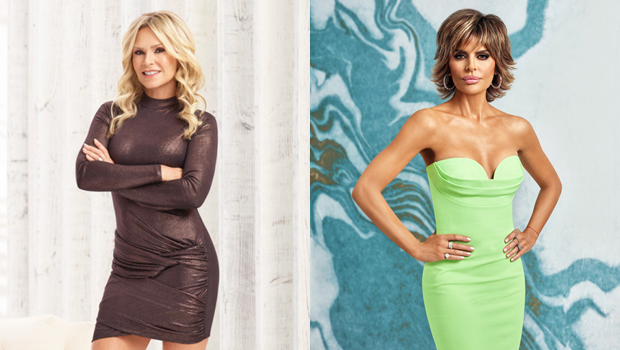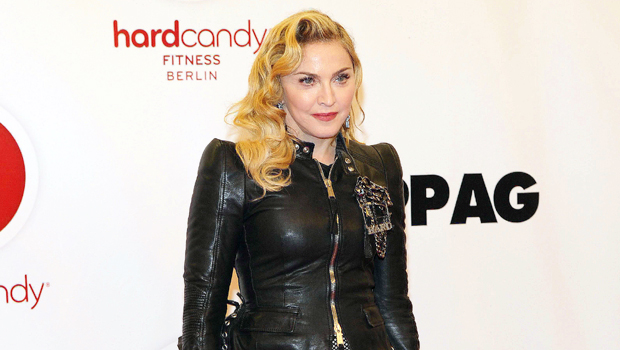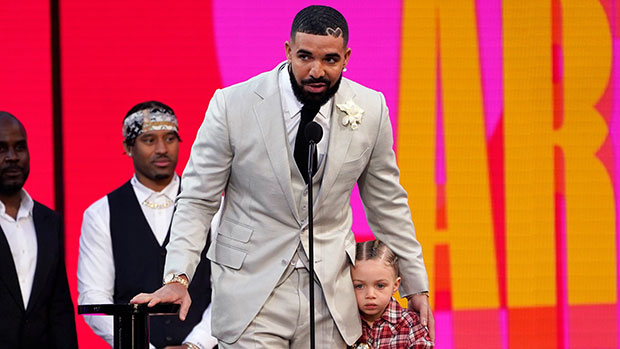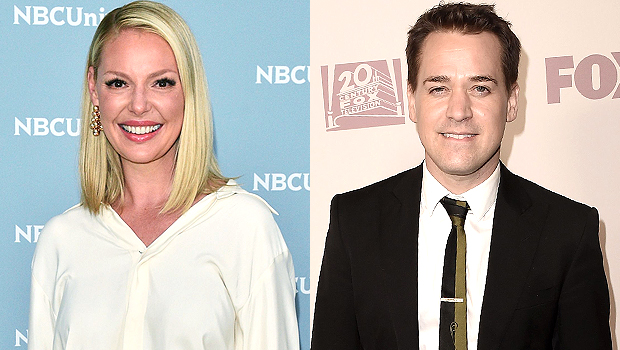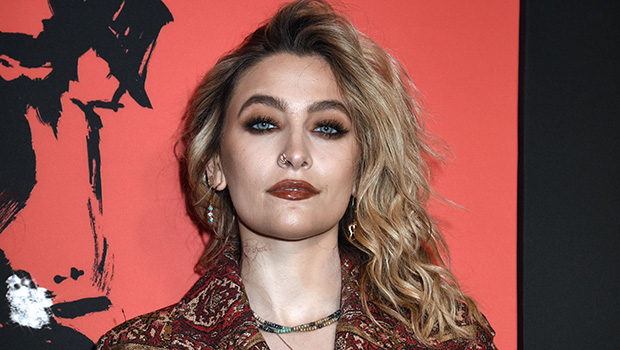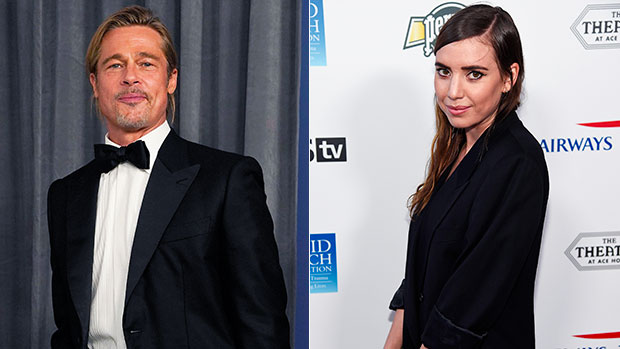SXSW 2022 Women Directors: Meet Zara Katz and Lisa Riordan Seville – “A Woman on the Outside”
Zara Katz is currently Photography Director at NBC News Digital and has worked for editorial outlets including The New York Times, Time magazine, and The New Yorker. She was senior photo producer on an international project for Getty Images, Dove,...
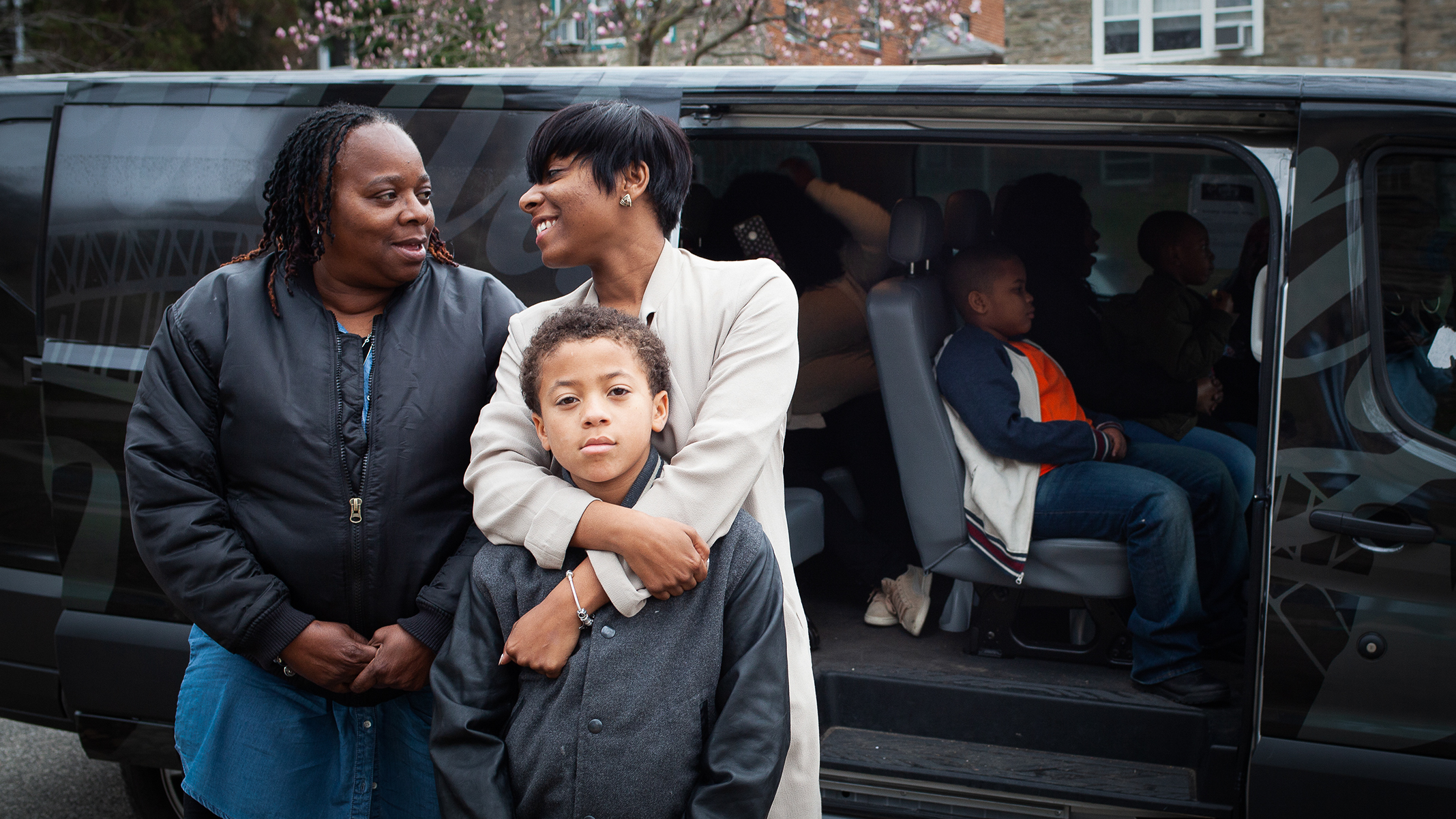
Zara Katz is currently Photography Director at NBC News Digital and has worked for editorial outlets including The New York Times, Time magazine, and The New Yorker. She was senior photo producer on an international project for Getty Images, Dove, and Girlgaze that won the 2019 Silver Glass Lion at Cannes.
Lisa Riordan Seville is an award-winning independent investigative reporter and producer for outlets including NBC News, Lifetime/A+E Networks, BuzzFeed News, and The Guardian. Her work has been honored with a Peabody Award, the Aronson Award for Social Justice Journalism, a Sigma Delta Chi from the Society of Professional Journalists, and recognized by the Association for Business Journalists.
In 2014, Katz and Riordan Seville created EverydayIncarceration, an Instagram feed examining imprisonment in the U.S. Their work has been exhibited at the Philadelphia Museum of Art, Photoville, and FOTODOKS. “A Woman on the Outside” is their first feature documentary.
“A Woman on the Outside” is screening at the 2022 SXSW Film Festival, which is taking place March 11-20. Find more information on the fest’s website.
W&H: Describe the film for us in your own words.
ZK&LRS: “A Woman on the Outside” is a feature documentary about a vibrant young woman named Kristal Bush, who watched nearly every man in her life disappear to prison while she was growing up in Philadelphia. She channeled that struggle into keeping families connected, both as a social worker and with her van service that drives families to visit loved ones in far-off prisons.
But when Kristal’s dad and brother return to Philly, her happiness meets the realization that release doesn’t always mean freedom. Passionate, funny, and resilient, Kristal remains determined to carve out a different future — for herself and for her young nephew, Nyvae.
Woven together from our verité footage and Kristal’s own archive of photographs and cell phone videos, the film is a tender portrait of one family striving to love in the face of a system built to break them.
W&H: What drew you to this story?
ZK&LRS: In 2014, we started an Instagram feed called Everyday Incarceration. Lisa’s background is as an investigative reporter and often focused on prisons, jails, and courts. Zara is a photo editor. Almost a decade ago, there was far less attention paid to criminal justice reporting and very little photography in that space.
Zara had the idea to reach out through her networks to gather visual stories about how 40 years of mass incarceration had shaped American life. As we started to collaborate with photographers to build that archive, we felt a part of the story was missing – that of the women on the outside.
From the beginning, we wanted to think about how to tell this story with women rather than about them. We participated in the Magnum Foundation’s Photography Expanded fellowship and held gatherings with women we met through networks or Instagram to hear about their experiences.
Jacobia Dahm, a photographer who had done a beautiful series about women riding buses to prisons in upstate New York, had seen a post for Kristal’s company’s customer appreciation cookout. So in 2015, we went. From the first moment we arrived, Kristal was introducing us to women she thought we should speak with, dragging us around amid the cacophony of the generator for the bounce house and the giddy kids and the DJ. A few months into knowing her she said, “You just need to come ride the van.” So we did.
The first iteration of this project was a multimedia exhibition at Photoville in Brooklyn in 2016, with images by the brilliant photographer Zora J Murff. We spent most of that week outside our shipping container, talking with people who stopped in to see the exhibit.
Over and over, women approached us and would half-whisper – this is my story, too. They’d tell us about a brother or a father or a mother. Friends of ours, people we thought we knew well, shared about their own family members.
Kristal brought a van full of riders. One woman who we’d worked with named Simone watched the whole 12-minute video we’d compiled of the ride. We asked her why – she did this ride every weekend. She told us that she’d never had the chance to see it from the outside. That exhibition traveled to Germany the following year, and being in Munich with Kristal cemented the friendship that’s really the foundation of this film.
We don’t remember which one of us decided we should keep filming. We blame each other – we had no idea this would become a six-year project. In many ways, we’re glad we didn’t. If we had known how hard it would be, we might not be here.
And we can absolutely say we wouldn’t be here without our producer/writer Kiara C. Jones’ leap of faith when she came on the project three years ago, or our editor, Suzannah Herbert, who worked with us over two years in stops and starts as we had funding.
W&H: What do you want people to think about after they watch the film?
ZK&LRS: We hope people see that this is a story of love and of caregiving, about what the world asks of women and what it offers women in return for those demands.
Some 2.3 million people a day live behind bars. One study estimates nearly half of Americans have had a close loved one incarcerated. For Black women, even more.
To love someone who’s locked up is not a marginal experience. It’s one broadly-shared, but that often goes undiscussed due to stigma.
W&H: What was the biggest challenge in making the film?
ZK&LRS: This was our first film, and we’d really worked in much more traditional journalistic or editorial spaces, so we had to learn everything as we went, from how to shoot verité and how to produce a film, to how to structure a scene and think about the ever-changing landscape of independent film today. Sometimes we call this our film school because it took us so many years and each hurdle was an education.
Additionally, we are extremely aware that we are two white women directing a film about a Black family. This film was always collaborative. We have had very open dialogue with Kristal and her family about the process and the story – and Kristal’s own cell phone footage is part of the film.
But it also meant that there was a lot of interrogation and talk on our team about how to frame scenes and the balance of imposing a directorial vision and allowing Kristal to articulate her story.
We’re in a moment in which authorship and the history of documentary is necessarily being questioned, picked apart, and remade, and as a result, there were a lot of big, important questions we confronted in the process of making the film.
W&H: How did you get your film funded?
ZK&LRS: This film was funded through grants, tax-deductible donations through our fiscal sponsor, and the directors’ investment, along with our producer’s and our own time – we did everything from shooting and field producing to media management and assistant editor work.
This is a challenging and competitive landscape for independent docs, which are getting increasingly expensive to make. Filmmakers are always going to work really hard and be scrappy, but we believe it is important to advocate for a more sustainable model for indie docs so they can continue to be made and makers are able to take risks in form and in our storytelling.
W&H: What inspired you to become a filmmaker?
ZK&LRS: Both of us have always been drawn to visual storytelling. We have backgrounds in art, and then separately migrated to journalism, each graduating with a master’s degree from the Newmark School of Journalism at CUNY. Zara’s editorial eye for photography, and Lisa’s long-form storytelling led us in a sort of backward way to making this film.
While we didn’t go into it thinking that we were “becoming filmmakers,” when we realized we were in fact working on a feature, we dove into it, studying documentaries, thinking more deeply about film and structure, watching a lot of films, and slowly fell in love with what we saw film could do. We’re still discovering that, still learning, still watching.
W&H: What’s the best and worst advice you’ve received?
ZK&LRS: Fairly early in our process, we met Su Kim, an incredible creative producer, who became a guide and mentor. We had lunch one day, and she told us, “You need to build community.” She was right.
It wasn’t always easy, particularly since we were new to this and both working other jobs in journalism to support the project. But it was important advice. Filmmaking can be competitive and stressful: you’re often trying to do too much with too few resources under a deadline, and it can be easy to treat people poorly in the service of trying to get what you need. But doing that has consequences.
We were able to make this film because people with more experience took the time to give us advice and feedback, to give recommendations or connections or a boost, and the best way we can repay that generosity is to do that in kind.
W&H: What advice do you have for other women directors?
ZK&LRS: Work together. Learn from each other. Celebrate one another. Our core team – us, plus our producer/writer Kiara and editor Suzannah – all direct. That can be a lot of cooks in the kitchen, but rather than feeling as if we were fighting over the knives it felt like we were around a table, working together to make tamales, food born of many hands. That doesn’t mean we didn’t have heated debates about a scene or a cue or structure, but we always knew it was in service of the film.
Additionally, don’t be afraid to direct in a way that’s authentic to you. In disciplines that have a history of abusive approaches or where mania is considered a sign of genius, it can be easy to perpetuate that – or feel as if you won’t be listened to if you don’t. But that’s a self-fulfilling prophecy.
We think that there are ways to be firm and have a clear vision while still being collaborative, open to ideas and respectful, even if it’s respectfully saying, “no.”
W&H: Name your favorite woman-directed film and why.
ZK&LRS: We love Kirsten Johnson’s “Cameraperson.” Stylistically it’s very different from our film, but I think we took inspiration in terms of trying to find the shots that sing. We are both drawn to photography, collage, and the off-kilter moments, and it was incredible to see that woven into a tapestry that carried narrative without yoking the footage into story.
Garrett Bradley also makes such beautiful work. When we first heard about “Time,” we had that sense of defeat because there are many overlaps with our film – it’s about incarceration, women, and family love. We were four years into making “A Woman on the Outside,” and there was a sense of dread. But to watch that film is to see such craft, grace, and depth of feeling, that we were just left appreciating what an artist can do with the moving image, and have spent time with her other work as well.
W&H: How are you adjusting to life during the COVID-19 pandemic? Are you keeping creative, and if so, how?
ZK&LRS: Well, it’s been a ride. There have been major milestones. Over the last two years, Zara has had a baby and gotten a full-time job as Photography Director at NBC News Digital, and Lisa has had a cover story for New York Magazine. We’ve also gone for stretches without working other than working very hard to try to finish this film on a shoestring, and pretty strained and drained by the pandemic.
This has been our main creative outlet other than cooking lunches and dinners to break up long workdays. We call this film Zara’s son’s Irish twin. It’s been a labor of love, our film school, and our business degree. In the background of this film, alongside Kristal, its protagonist, we made mistakes and learned from them, saw heartbreak and celebrated success, and grew up.
“A Woman on the Outside” has been the most personal and challenging project of our respective careers, as well as the most rewarding.
W&H: The film industry has a long history of underrepresenting people of color onscreen and behind the scenes and reinforcing — and creating — negative stereotypes. What actions do you think need to be taken to make it more inclusive?
ZK&LRS: We think that is crucial, and that inclusivity go beyond tokenism. If you want to make change, then people of color need to not only be at an organization, they need to be in positions of power — and able to speak candidly about what’s going on, whether it’s the framing of a character or person portrayed in a documentary, or a particular pattern of funding that allows some projects to be made and others scrapped.
Moreover, the industry should not think they have done their duty by hiring one person – one person does not and should not be expected to represent an entire people. So often when it comes to “diversity and inclusion,” whether that’s class, race, ethnicity, or gender, that means bringing people in from the bottom up – more internships or entry-level positions.
But people at those levels in an organization should not be asked to do the double duty of earning the least and holding an organization accountable for systemic and long-entrenched practices.

 Hollif
Hollif 







